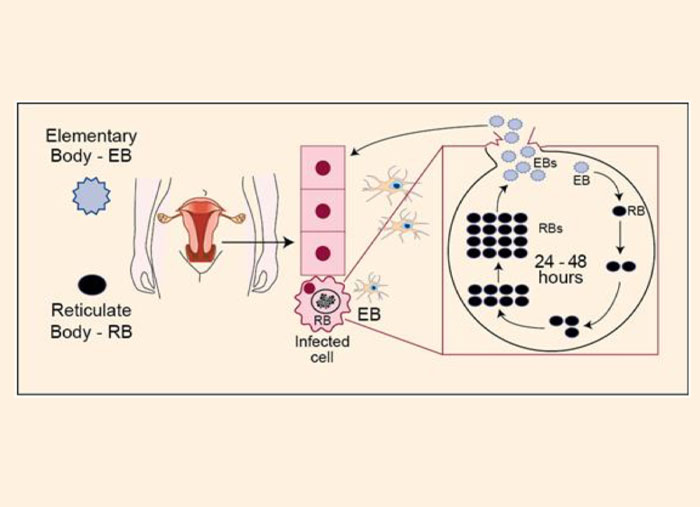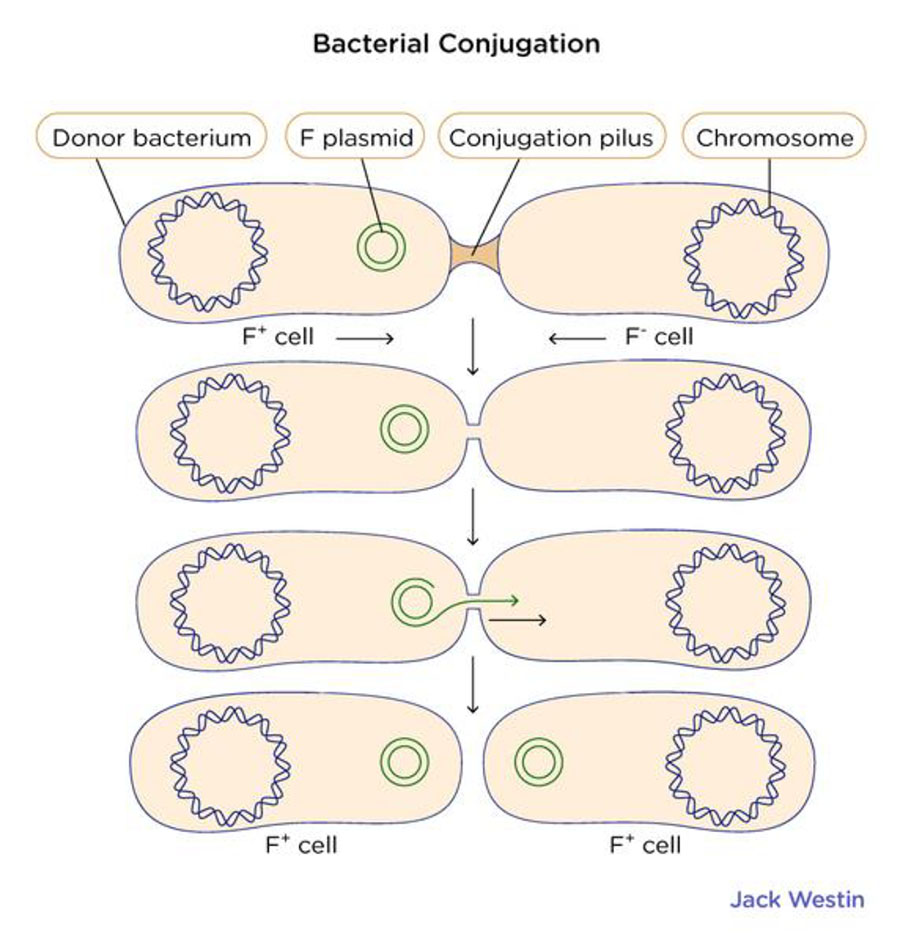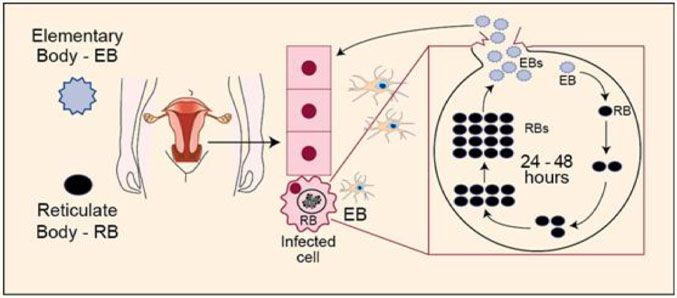- NEED HELP? CALL US NOW
- +919995411505
- [email protected]

1. Hepatitis E virus causes which of the following
a. Chronic liver diseases
b. Cirrhosis of liver
c. Chronic renal failure
d. Acute liver failure
ANSWER d
Hepatitis E is an inflammation of the liver caused by infection with the hepatitis E virus (HEV).
The incubation period following exposure to HEV ranges from 2 to 10 weeks, with an average of 5 to 6 weeks. The infected persons excrete the virus beginning from a few days before to 3-4 weeks after onset of the disease
Typical signs and symptoms of hepatitis include:
- An initial phase of mild fever, reduced appetite (anorexia), nausea and vomiting lasting for a few days;
- Abdominal pain, itching , skin rash, or joint pain;
- Jaundice (yellow colour of the skin), dark urine and pale stools; and
- A slightly enlarged, tender liver (hepatomegaly).
- These symptoms are often indistinguishable from those experienced during other liver illnesses and typically last 1–6 weeks.
In rare cases, acute hepatitis E can be severe and result in fulminant hepatitis (acute liver failure). These patients are at risk of death.
Pregnant women with hepatitis E, particularly those in the second or third trimester, are at increased risk of acute liver failure, fetal loss and mortality.
2. Which of the following is characteristic infection caused by nocardia?
a. Diarrhea
b. Secondary dissemination to liver
c. Brain abscess
d. Colonic diverticulosis
ANSWER c
Nocardiosis is a disease affecting different organs of the body.
It is an infectious disease caused by Nocardia, which is a gram-positive bacillus with a branching hyphae morphology found throughout the environment in soil, decomposing vegetation, and other organic matter.
It is also found in both fresh and salt water. Nocardia is typically weak acid-fast positive on microscopy with staining
Nocardia infection is caused by a bacterium. It usually starts in the lungs. It mayspread to other organs, most often the brain and the skin. It may also involve the kidneys, joints, heart, eyes, and bones.
3. Which of the following is true regarding conjugation in bacteria
a. Sex pili is necessary
b. Transfer of double stranded DNA occur
c. Lysis of donor bacteria
d. Requires restriction endonuclease
ANSWER a
Conjugation is the process by which one bacterium transfers genetic material to another through direct contact. During conjugation, one bacterium serves as the donor of the genetic material, and the other serves as the recipient.

Donor cells typically act as donors because they have a chunk of DNA called the fertility factor (or F factor). This chunk of DNA codes for the proteins that make up the sex pilus. It also contains a special site where DNA transfer during conjugation begins
If the F factor is transferred during conjugation, the receiving cell turns into an F+donor that can make its own pilus and transfer DNA to other cells
4. All of the following are true regarding chlamydia trachomatis except
a. It has a biphasic life
b. Inside the cell it evades phagolysosome
c. Reticulate body divides by binary fission
d. Elementary body is metabolically active
ANSWER d
- Chlamydia trachomatis is the causative agent of trachoma
- Chlamydiae are obligate, intracellular, nonmotile, gram-negative bacteria with a unique biphasic developmental cycle consisting of extra- and intracellular forms.
- Chlamydiae have an outer membrane that contains lipopolysaccharide (LPS) and membrane proteins.
- Peptidoglycan is present in the septum of dividing bacteria.
- chlamydiae contain DNA, RNA, and ribosomes, they obtain high-energy phosphate compounds from the host cell.
- Chlamydia trachomatis encodes an abundant protein called the major outer membrane protein (MOMP or OmpA) that is surface exposed and is the major determinant of serologic classification
- The biphasic developmental cycle of chlamydiae is unique among microorganisms and involves two highly specialized characteristic morphologic forms
- The extracellular form or elementary body (EB) has a rigid, thick outer membrane that contains extensive disulfide cross-links both within and between outer membrane proteins and is stable outside of the cell.
- EB is infectious but inactive metabolically.
- When inside the cell, the EB resides within a membrane-limited endosome and prevents fusion of the endosome with lysosomes, protecting itself from enzymatic destruction.
- Escaping from host attack by antibody or cell-mediated defenses, the EB enlarges and reorganizes into the replicative and metabolically active form, the reticulate body (RB).
- Chlamydiae hijack certain host cell signaling pathways to protect the cell from recognition and attack while preventing apoptosis and maintaining integrity of their host cells.
- RBs remain strictly intracellular, successfully parasitizing the host cell, synthesizing messenger RNA, dividing, and multiplying.
- As the RB divides by binary fission, it fills the endosome, now a cytoplasmic inclusion, with its progeny.
- After 48–72 hours, multiplication ceases and nucleoid condensation occurs as the RBs reorganize and transform again to new infectious EBs.
- Eventually, the host cell’s nutrients are expended, and EBs are released from the cell by cytolysis, exocytosis, or extrusion of the whole inclusion,4 leaving the host cell intact.
- The last fact may explain the frequency of asymptomatic or subclinical chlamydial infections.
- The release of the infectious EBs allows for infection of new host cells to occur.
5. Filters used in biological safely cabinets
a. High efficiency particular (HEPA) filter
b. Seitz filter
c. Berkfield filter
d. Millipore filters
ANSWER a
- HEPA is a type of pleated mechanical air filter. It is an acronym for “high efficiency particulate air [filter]” (as officially defined by the U.S. Dept. of Energy).
- This type of air filter can theoretically remove at least 99.97% of dust, pollen, mold, bacteria, and any airborne particles with a size of 0.3 microns (µm).
- The diameter specification of 0.3 microns corresponds to the worst case; the most penetrating particle size (MPPS). Particles that are larger or smaller are trapped with even higher efficiency.





